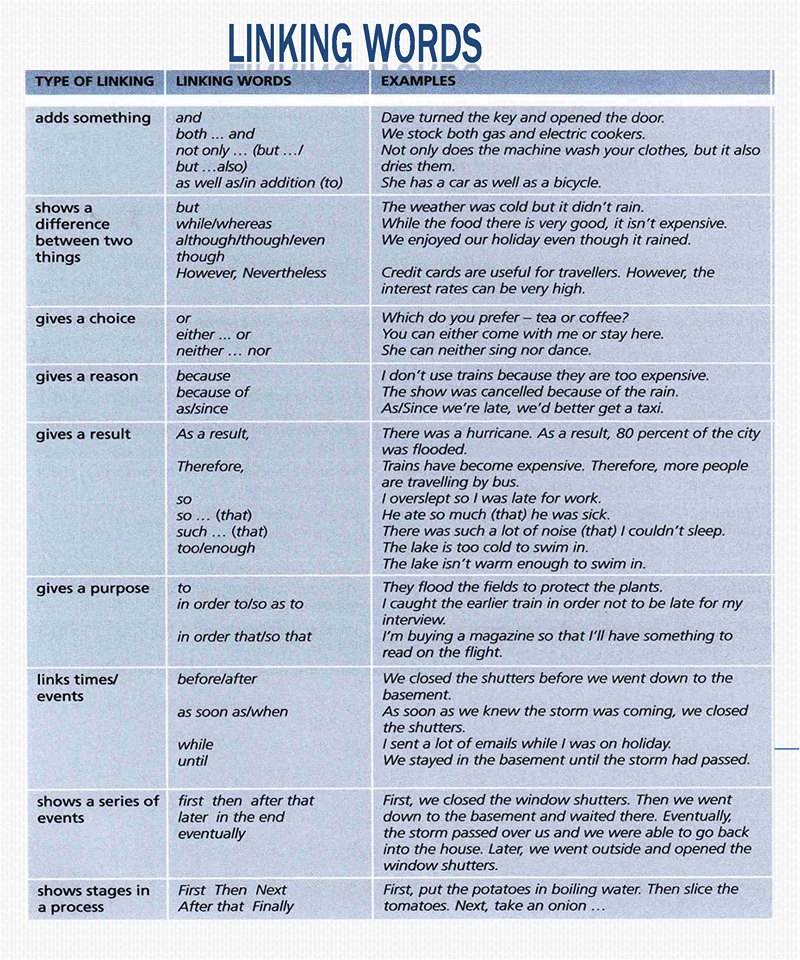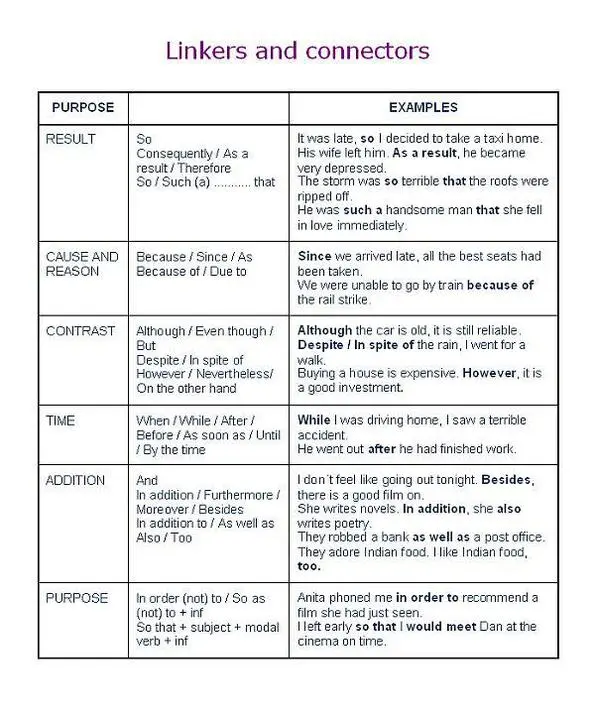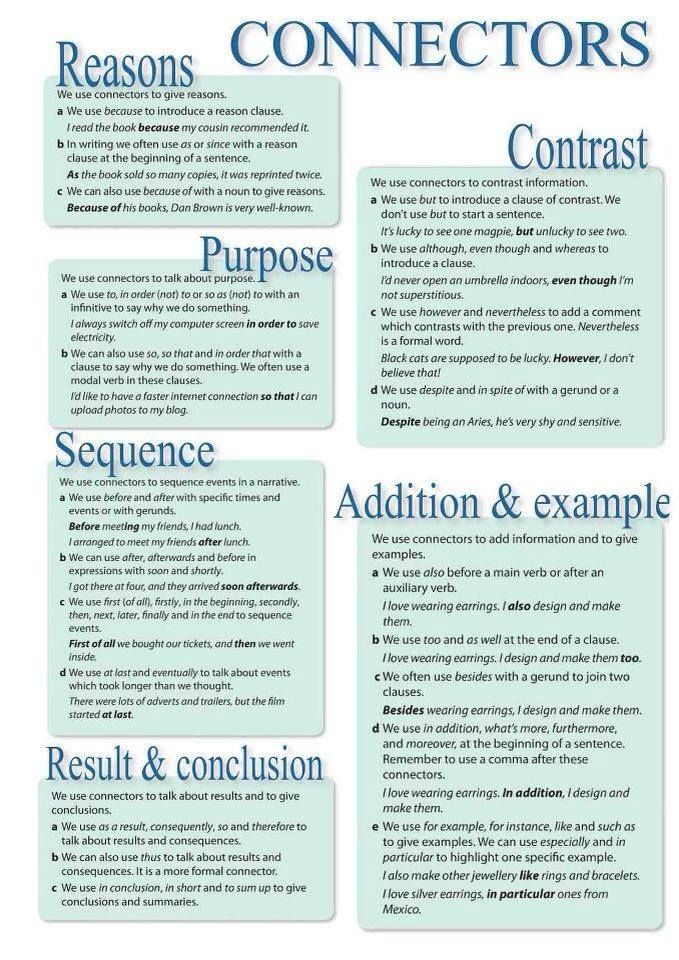
One of the easiest principles of grammar to remember is to avoid the passive voice, or passive construction, but it's just as essential to recall that this rule is not absolute. Passive construction has its place. Appropriate uses are described below.
Passive constructions are those in which the acted-on noun, rather than the word(s) denoting the actor, is the subject of the sentence, as in the last sentence of the lead paragraph of this post. The well-founded prejudices against the passive include that such constructions are usually less concise than those organized in the active voice, that they obscure the identity of the actor, and that they upend traditional English syntax.
1. When the emphasis is on the acted-on, not the actor: "The message was conveyed by the courier."
2. When the actor is not pertinent or is implied: "The defendant was found not guilty."
3. When the actor cannot be identified: "The dog was poisoned."
4. When the actor should not (or does not wish to) be identified: "Mistakes were made."
5. When an extensive description of the actor follows the mention of the actor: "The alternative was suggested by John Smith, the consultant hired to analyze the problem and recommend solutions." (The active construction, "John Smith, the consultant hired to analyze the problem and recommend solutions, suggested the alternative," changes the emphasis.)
6. When revealing the actor's identity should be delayed: "The candelabra was moved by the only guest who had the opportunity during that time—the professor!"
7. When the passive voice improves the rhetorical impact: "Never in the field of human conflict was so much owed by so many to so few."
This article first appeared on DailyWritingTips.com.
EXERCISES:
https://www.ego4u.com/en/cram-up/grammar/passive
http://www.englisch-hilfen.de/en/exercises_list/passiv.htm
http://www.agendaweb.org/verbs/passive-exercises.html


